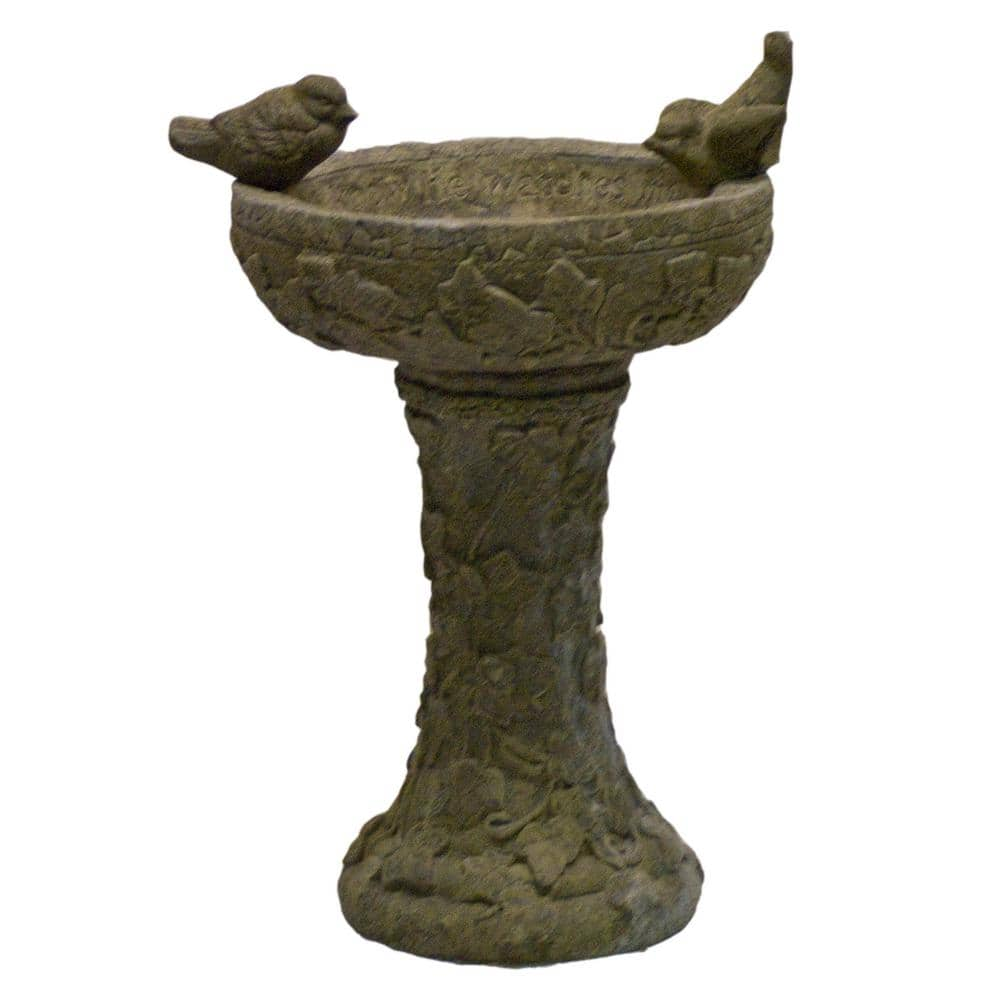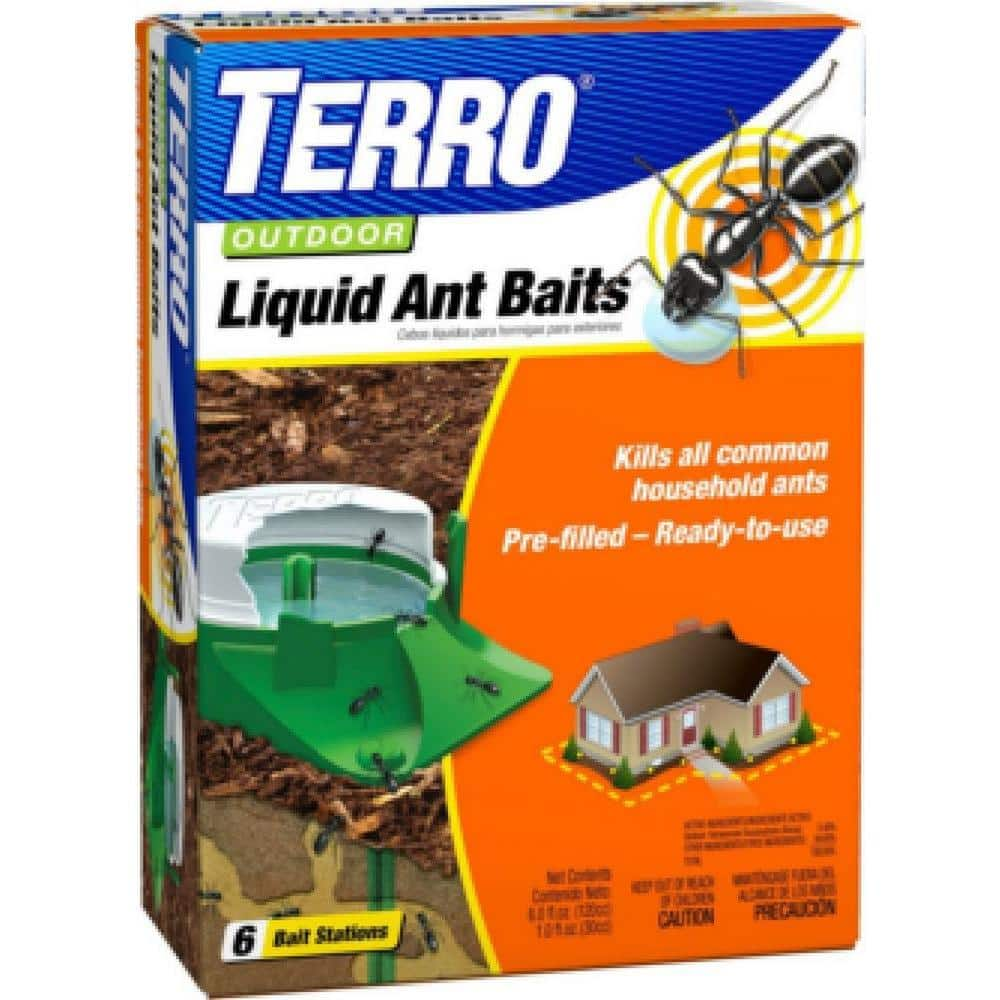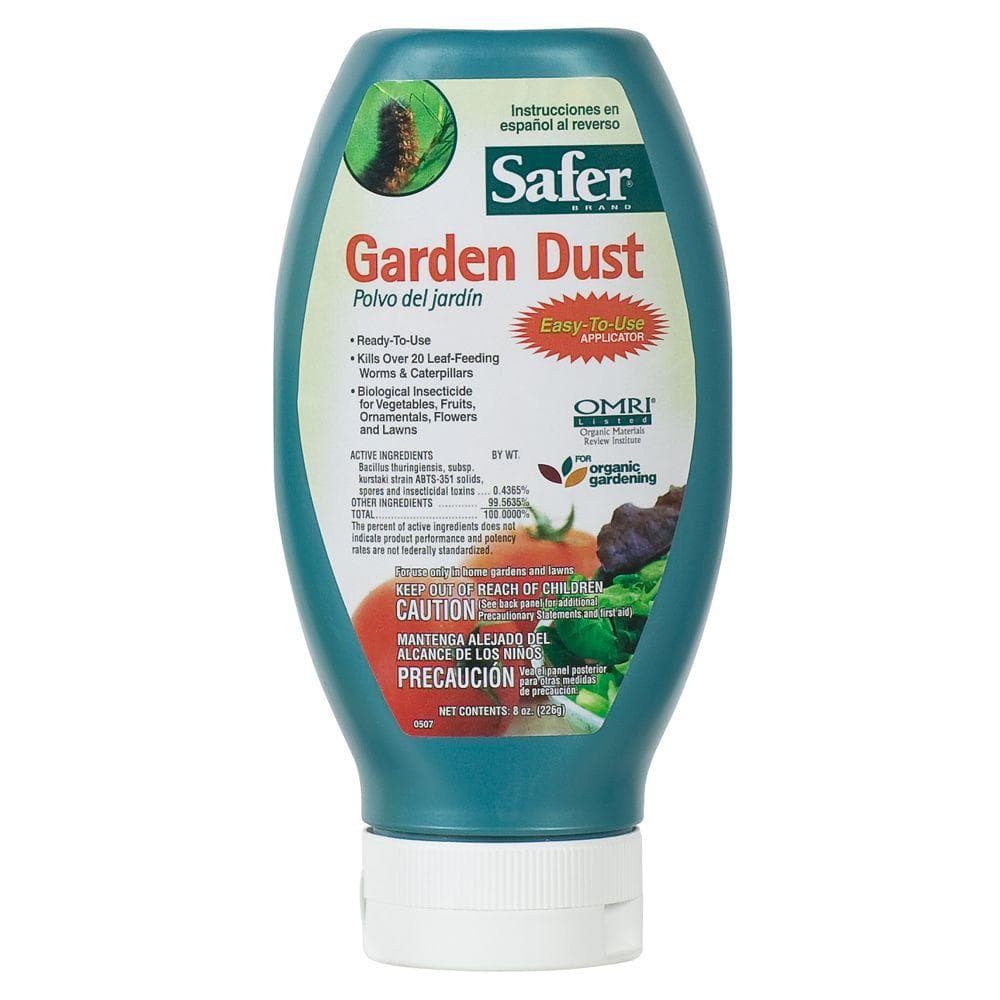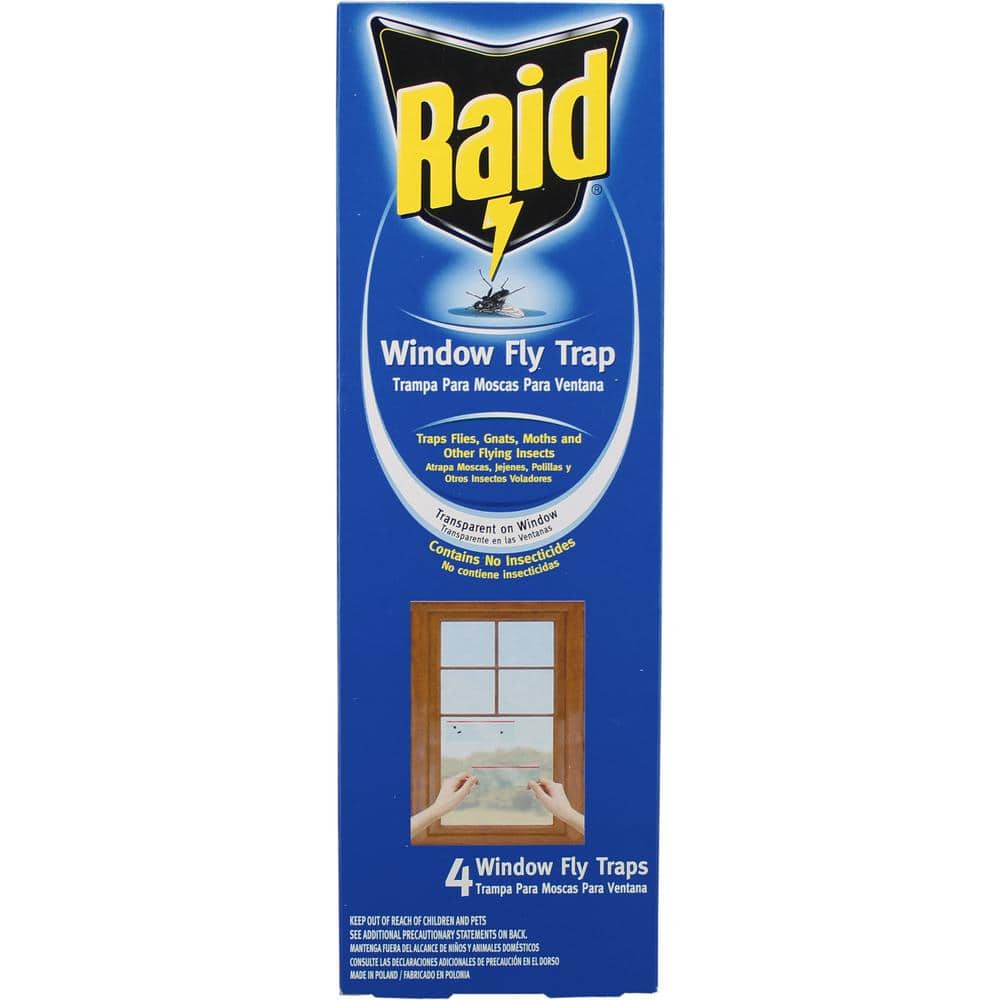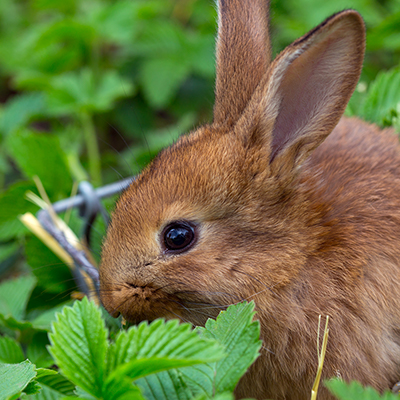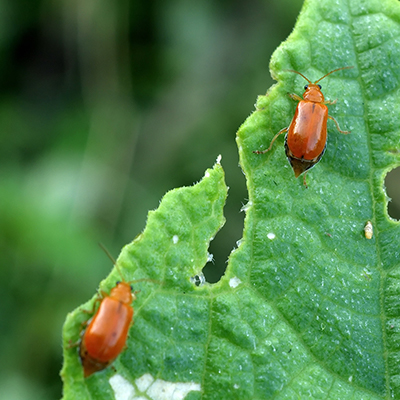How to Control Insect Pests in Your Vegetable Garden
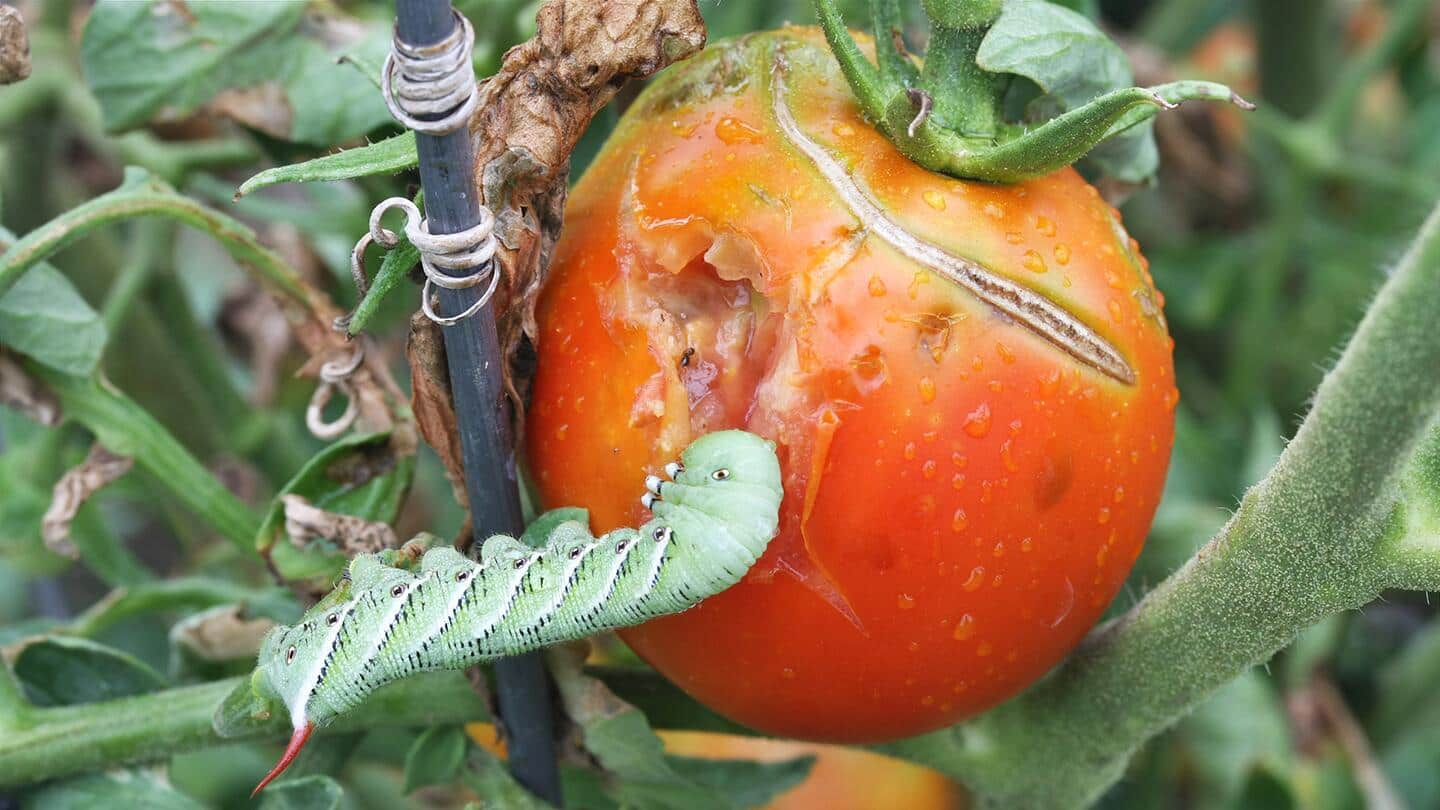
Last updated May 21, 2025
When some insects attack your vegetable garden, they destroy plants completely. Or you can have many insects in your garden that help it grow and thrive. Read on to learn how to identify good bugs vs. bad bugs and how to manage both in your vegetable garden.
Table of Contents
Identify Good vs. Bad Bugs
Beneficial Insects
Common Harmful Insects
Control Harmful Caterpillars
Snail and Slug Pests
Other Ways to Get Rid of Insect Pests
Identify Good vs. Bad Bugs
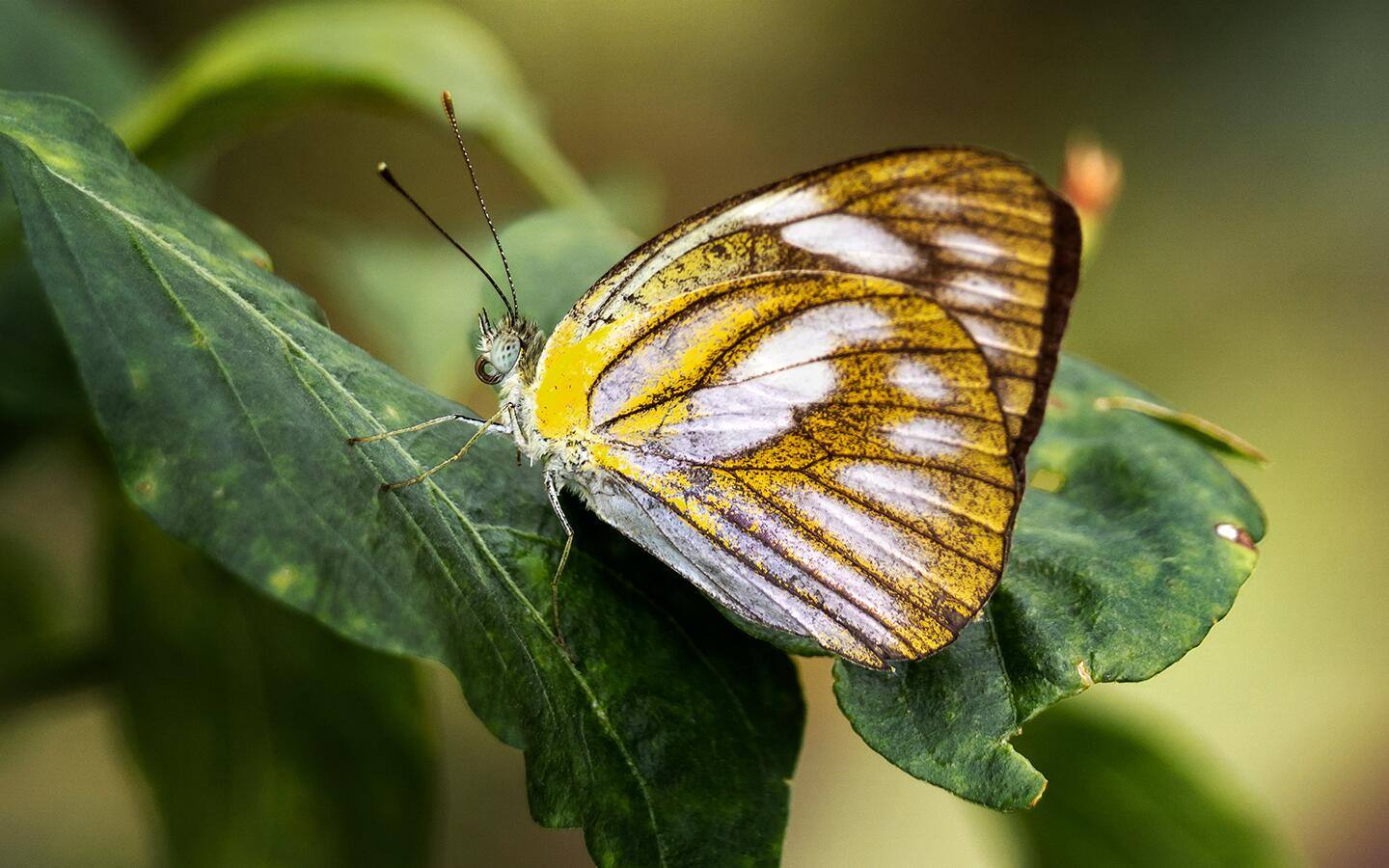
Most often, the best way to decide if an insect is harmful or good is to look at it and see what it does. For example:
- Is the insect damaging your plants? Are leaves chewed, stems damaged or marred?
- Is the insect a natural enemy to bad insects, such as a spider or predatory beetle like a ladybug?
- Does the insect pollinate flowers like bees, flies and butterflies do?
- Is it living near the roots of a plant but not causing harm?
Tip: When uncertain about the intent of a bug, snap a photo and use gardening resources or guides to identify the insect.
Beneficial Insects
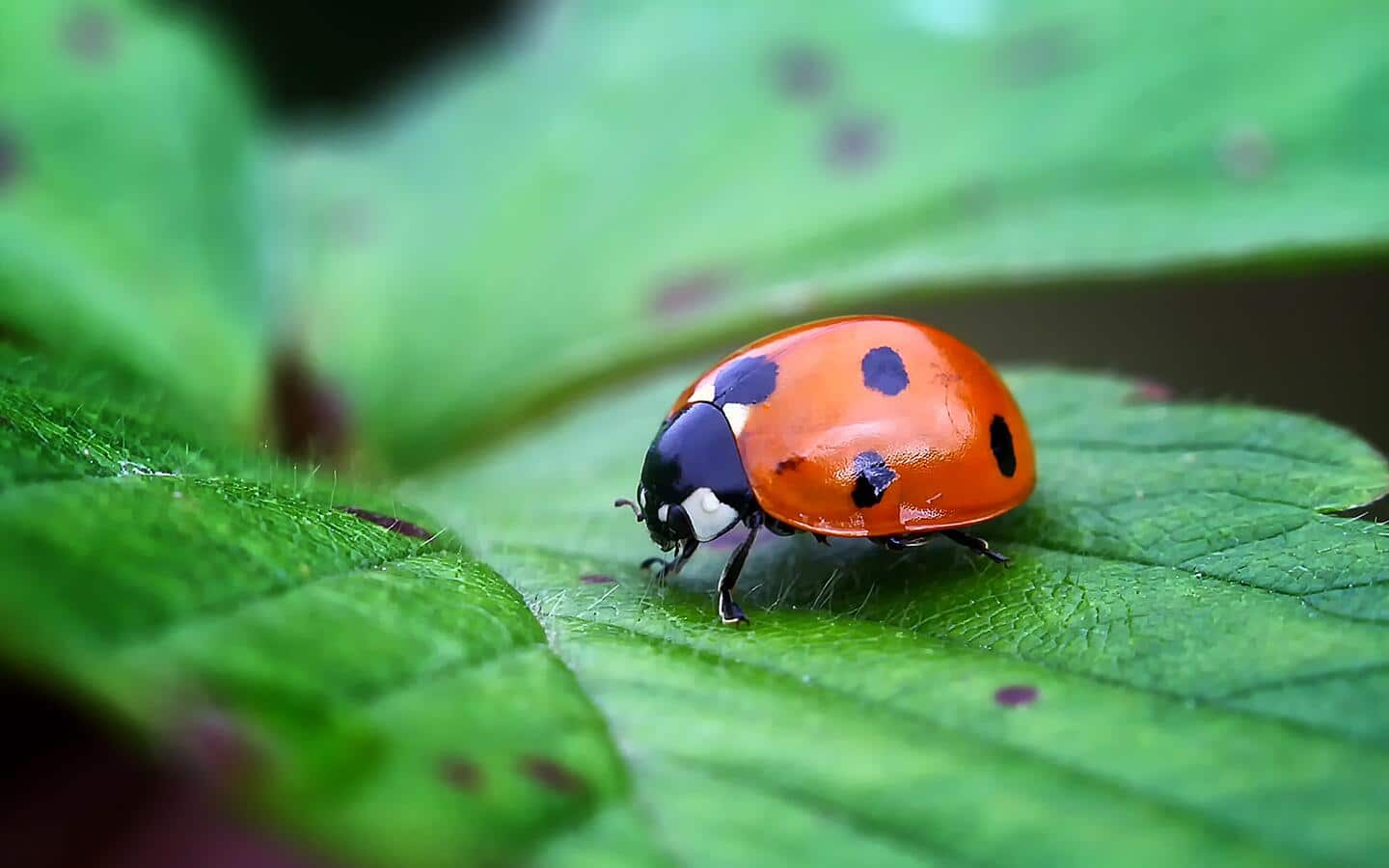
The vast majority of good insects in the garden fall into two categories: pollinators or predators.
- Ladybugs and lacewings are predators that consume aphids, whiteflies, insect eggs and caterpillar larvae. Ladybugs often come in bold colors and have distinctive dots. Lacewings have transparent veined wings and can eat up to 10 times as much as ladybugs.
- Ground beetles are mostly dark brown or black. These predators actively hunt damaging insects and other small creatures that can harm plants. They are also good for soil health.
- Bees and butterflies are essential pollinators that ensure you get the best fruit and vegetable yields.
Sometimes you can also tell the good guys from the bad guys in the garden by how they look. For example, beneficial insects usually have very distinct wing patterns. Predators can have vibrant “warning” colors.
Tip: Keep good insects happy by planting a variety of their favorite plants around the garden.
Common Harmful Insects
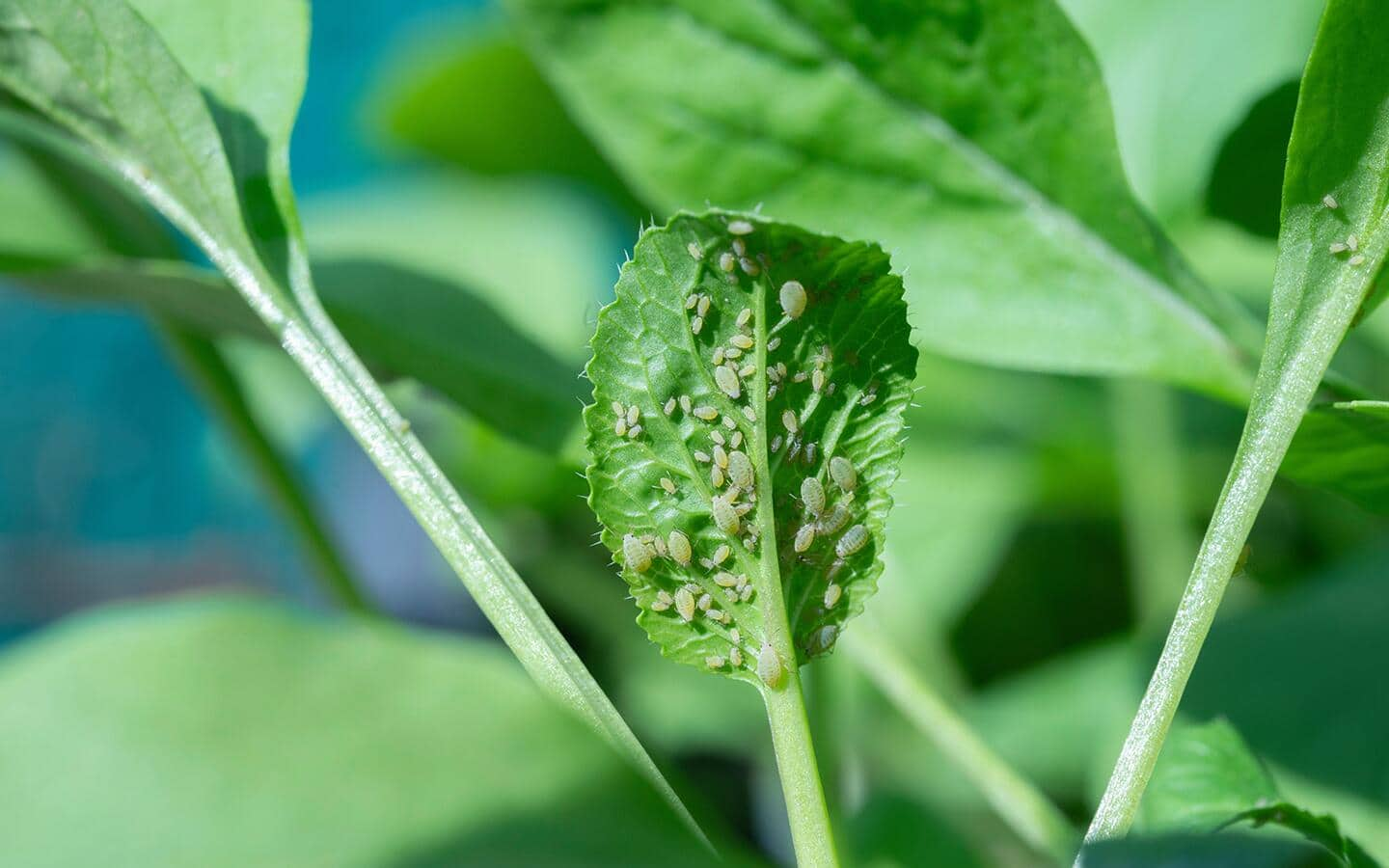
You can spot a harmful insect by the damage they leave. Look for chewed leaves, slime trails and clusters of pests feeding on the stems or leaves of your plants. Common types of bad pests are aphids, flea beetles and stink bugs.
- Green and tiny, aphids suck the sap from plants and leave them weak and dying.
- Small, hopping flea beetles eat holes in leaves and stunt growth.
- Stink bugs have a shield shaped body and emit an odor. They leave scars on fruits and vegetables.
Control Harmful Caterpillars

Caterpillars are eating machines and work fast. Many types like a particular kind of plant. For example, cabbage loopers gnaw holes in vegetables like cauliflower, cabbage and broccoli. Tomato hornworms attack tomato and pepper leaves. It’s best to treat your plants at the very first visible sign of larvae or leaf damage. Natural pesticides such as spraying with soapy water or organic pesticides like Bacillus thuringiensis (Bt) work well on caterpillars. They’re also a safer choice for pets and beneficial insects.
Snail and Slug Pests
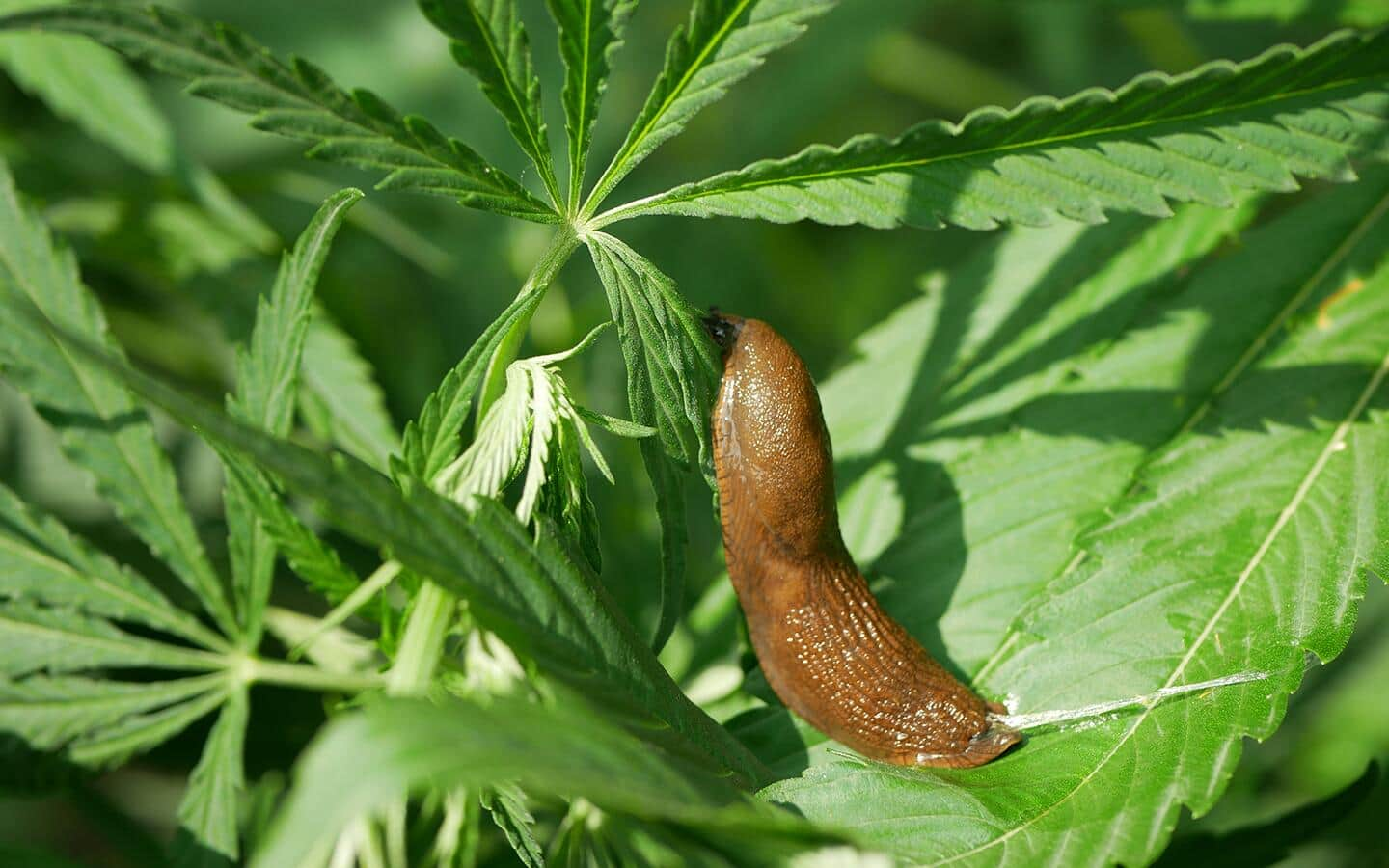
Snails and slugs feed on young stems and plants. They are especially damaging to succulent plants. You can identify snails and slugs by their slime trails. Organic ways to handle them include:
- Fill shallow dishes with beer and place them around plants to trap slugs.
- Create a barrier around your plants with diatomaceous earth.
- Stop snails and slugs from climbing by wrapping copper slug tape around plant stems.
- Sprinkle non-toxic bait by using light applications every few weeks. Reapply after rainy weather when slugs and snails come out of hiding.
Other Ways to Get Rid of Insect Pests
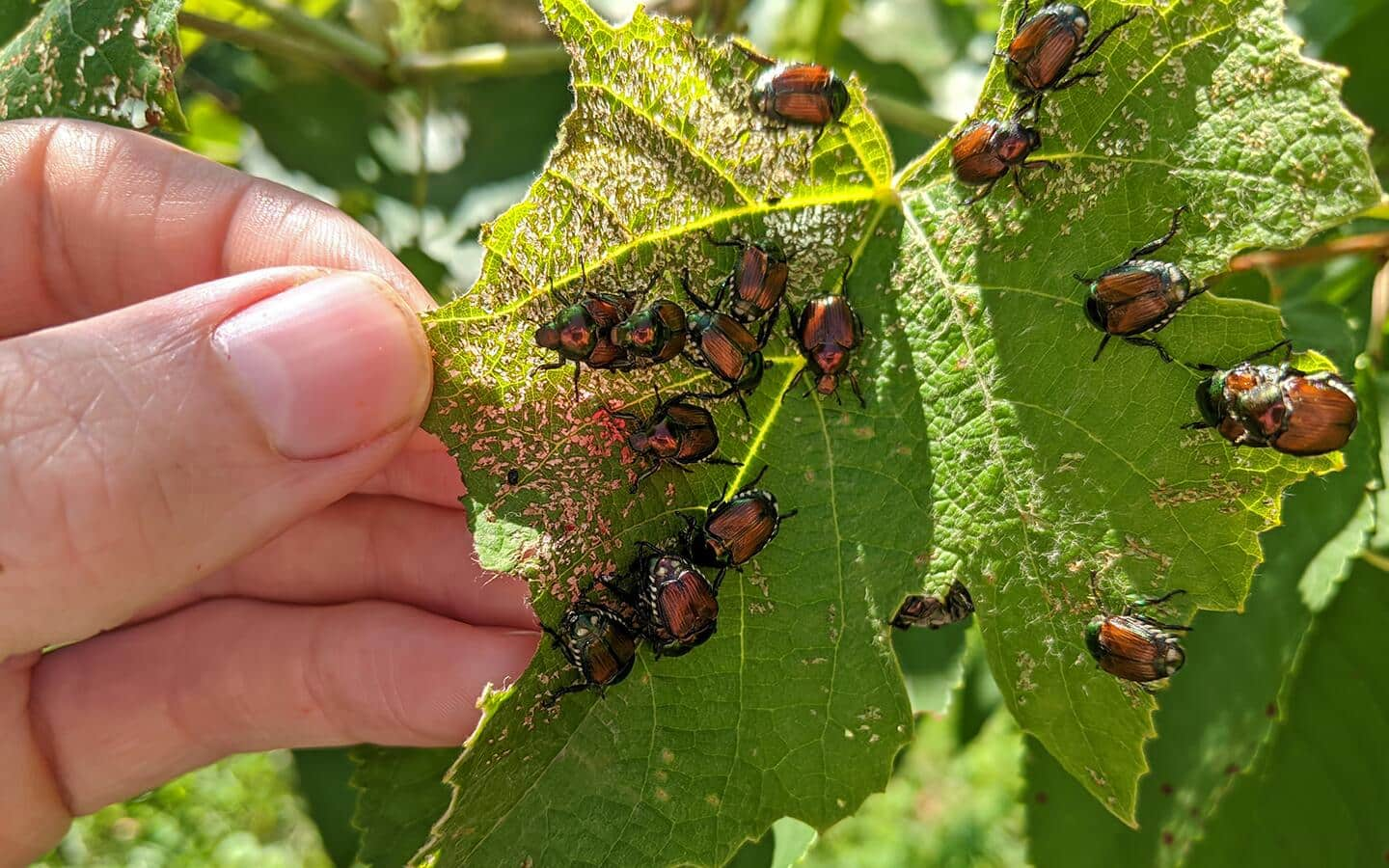
- Set up bird baths and feeders nearby to attract bug-eating birds.
- Put on your gloves to remove pests like tomato hornworms or Japanese beetles and drop them in a pail of soapy water.
- Surround your garden with plants that are natural insect repellents such as marigolds.
- Protect good insects by using organic neem-based pesticides. Always follow label directions and remember that twice as much doesn't equal twice as effective.
- Aphids prefer the dark so use aluminum foil around the base of plants to light up the underside of the leaves.
- Control insects with a pest trap. Place traps 30 inches from the plants you are protecting to lure pests away from the garden.
When you create a habitat for birds and beneficial insects, you build a garden that can withstand the impact of insect damage. Also, learn to be a good scout to spy insect damage early and be proactive with treatment. Protect your plants with organic sprays, beneficial insects and even repellent plants. Ready to create a space that welcomes birds, butterflies and stands up against pest damage? Use The Home Depot Mobile App to locate products and check inventory. We'll take you to the exact aisle and bay.





